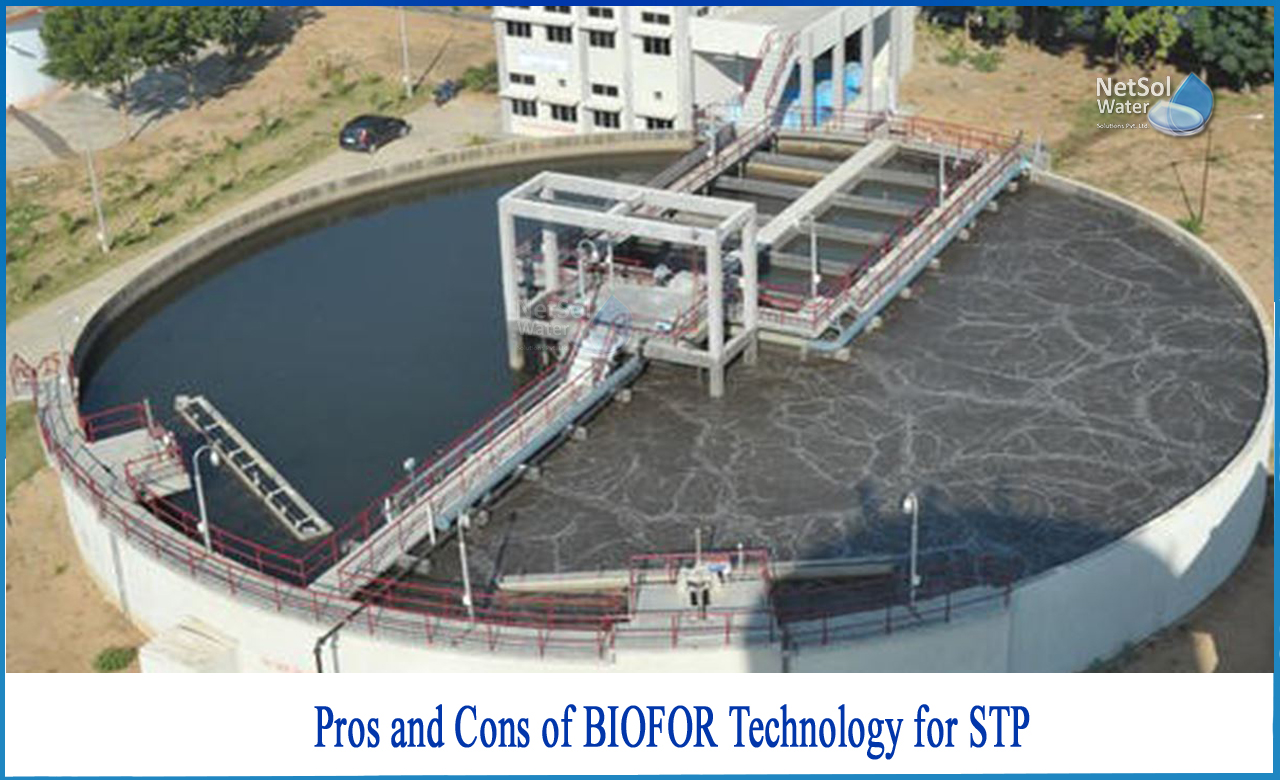What are the Pros and Cons of BIOFOR Technology for STP?
The BIOFOR method is a new advanced wastewater treatment technique that is being implemented in an increasing number of areas throughout the world. These are biological reactors with an aerobic or anoxic process that uses attached growth technology for municipal wastewater or industrial wastewater treatment. In secondary and tertiary treatment, the BIOFOR method is typically utilized to remove BOD, TSS, and ammonia pollutants.
Main Features of BIOFOR Technology
1: High rate primary tube settlers and integrated thickening gives space savings;
2: Enhanced primary treatment with the addition of coagulants and flocculants;
3: Two-stage high-rate filtration with increased external aeration and a biologically active medium;
4: Higher retention and contact are possible thanks to the co-current upflow movement of wastewater and air;
5: Treatment plant that avoids secondary sedimentation and instead recycles primary sludge;
6: Low-land needs due to deep reactors;
7: A system that is both compact and reliable;
8: Upflow filtration, in which the feedwater expands the filter media, distributing the biomass evenly across the bed;
9: Feedwater and air flow in the same direction reduces short circuiting and extends filter run durations;
10: Quick response to changes in flow and load exclusive nozzle floor design that ensures optimal fluid distribution throughout filtration and wash operations;
11: Washing system that can handle filter bed depths of up to 13 feet (4.0 m)
Pros of BIOFOR Technology
1:Due to high-speed operations, the layout is compact;
2: Adjusts for fluctuating flows and pollutant loads;
3: The modular design enables for future plant expansion with ease;
4: Aeration efficiency is improved by using a co-current diffused aeration system;
5: Space savings due to the absence of secondary sedimentation;
6: Able to handle flow rate and organic load variations;
7: Adherence to tougher discharge regulations;
8: High-quality effluent that can be reused without the need for separate fertilizer removal and fine filtration;
9: Unfiltered effluent suitable for UV disinfection;
10: There are no aerosols or odours in the working space;
11: No corrosive gases in the vicinity;
12: Less staff is required due to lower operation oversight.
Cons of BIOFOR Technology
1:In primary clarification, continuous and heavy chemical dosage is used;
2:Chemical additions result in a large amount of sludge production;
3: Sludge from primary clarification that hasn't been digested and needs to be treated;
4: In India, it has yet to be validated on a meaningful quantity and scale of STPs.
If you want to know more about Pros and Cons of BIOFOR treatment process, then youcan have an expert solution upon contacting Netsol Water, a leading manufacturer of Industrial and Commercial Water Treatment Plants and Wastewater Treatment Plants, among other services. Our treatment systems are very effective at removing all types of chemical, physical, and biological pollutants.
Netsol Water is Greater Noida-based leading water & wastewater treatment plant manufacturer. We are industry's most demanding company based on client review and work quality. We are known as best commercial RO plant manufacturers, industrial RO plant manufacturer, sewage treatment plant manufacturer, Water Softener Plant Manufacturers and effluent treatment plant manufacturers. Apart from this 24x7 customer support is our USP. Call on +91-9650608473, or write us at enquiry@netsolwater.com for any support, inquiry or product-purchase related query.



